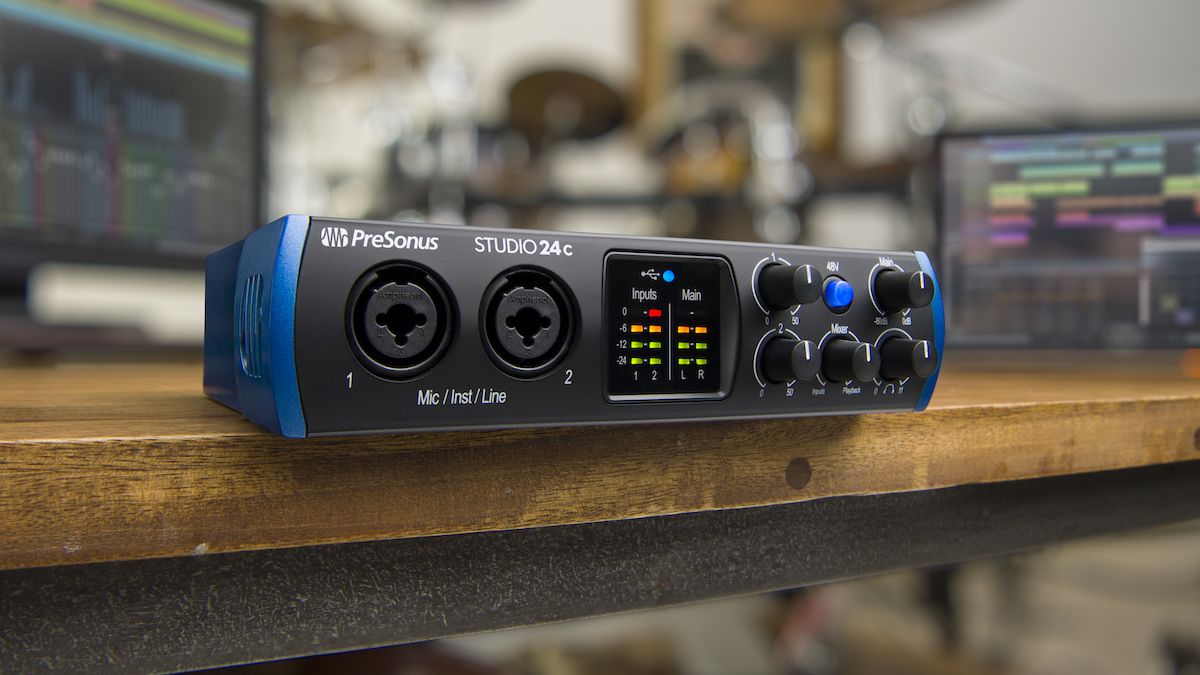

- MULTIPLE AUDIO INTERFACES WINDOWS 10 PRO
- MULTIPLE AUDIO INTERFACES WINDOWS 10 SOFTWARE
- MULTIPLE AUDIO INTERFACES WINDOWS 10 PC
- MULTIPLE AUDIO INTERFACES WINDOWS 10 PROFESSIONAL
MULTIPLE AUDIO INTERFACES WINDOWS 10 PC
Later cards, such as the AdLib sound card, had a 9-voice polyphony combined in 1 mono output channel.Įarly PC sound cards had multiple FM synthesis voices (typically 9 or 16) which were used for MIDI music. For example, much older sound chips could accommodate three voices, but only one output audio channel (i.e., a single mono output), requiring all voices to be mixed together. Sometimes, the terms voice and channel are used interchangeably to indicate the degree of polyphony, not the output speaker configuration. These distinct channels are seen as the number of audio outputs, which may correspond to a speaker configuration such as 2.0 (stereo), 2.1 (stereo and sub woofer), 5.1 (surround), or other configurations.
MULTIPLE AUDIO INTERFACES WINDOWS 10 SOFTWARE
The card may use direct memory access to transfer the samples to and from main memory, from where a recording and playback software may read and write it to the hard disk for storage, editing, or further processing.Ĩ-channel DAC Cirrus Logic CS4382 placed on Sound Blaster X-Fi Fatal1tyĪn important sound card characteristic is polyphony, which refers to its ability to process and output multiple independent voices or sounds simultaneously. Some cards include a sound chip to support the production of synthesized sounds, usually for real-time generation of music and sound effects using minimal data and CPU time. In either case, the sound card uses an analog-to-digital converter to digitize this signal. Most sound cards have a line in connector for an analog input from a sound source that has higher voltage levels than a microphone. Input through a microphone connector can be used, for example, by speech recognition or voice over IP applications. Ī common external connector is the microphone connector. The output signal is connected to an amplifier, headphones, or external device using standard interconnects, such as a TRS phone connector. Sound cards use a digital-to-analog converter (DAC), which converts recorded or generated digital signal data into an analog format. Sound cards are also used for computer-based communication such as voice over IP and teleconferencing.Ĭlose-up of a sound card PCB, showing electrolytic capacitors, SMT capacitors and resistors, and a YAC512 two-channel 16-bit DAC Typical uses of sound cards or sound card functionality include providing the audio component for multimedia applications such as music composition, editing video or audio, presentation, education and entertainment (games) and video projection. Sound processing hardware is also present on modern video cards with HDMI to output sound along with the video using that connector previously they used a S/PDIF connection to the motherboard or sound card. The integrated sound system is often still referred to as a sound card. Sound functionality can also be integrated onto the motherboard, using components similar to those found on plug-in cards.
MULTIPLE AUDIO INTERFACES WINDOWS 10 PROFESSIONAL
The term sound card is also applied to external audio interfaces used for professional audio applications.
MULTIPLE AUDIO INTERFACES WINDOWS 10 PRO
The order in which you check the boxes determines the order of the inputs and outputs in applications like Logic Pro and MainStage.

Do this for each device you want to include in the Aggregate Device. With the new Aggregate Device selected, enable the checkbox labeled "Use" on the left side of the Audio Devices window.A new Aggregate Device appears in the list on the left side of the window.Click the Add (+) button on the bottom-left corner in the Audio Devices window and chose Create Aggregate Device.From the Finder, choose Go > Utilities.When you create an Aggregate Device, make sure to connect all external audio interfaces first.


 0 kommentar(er)
0 kommentar(er)
